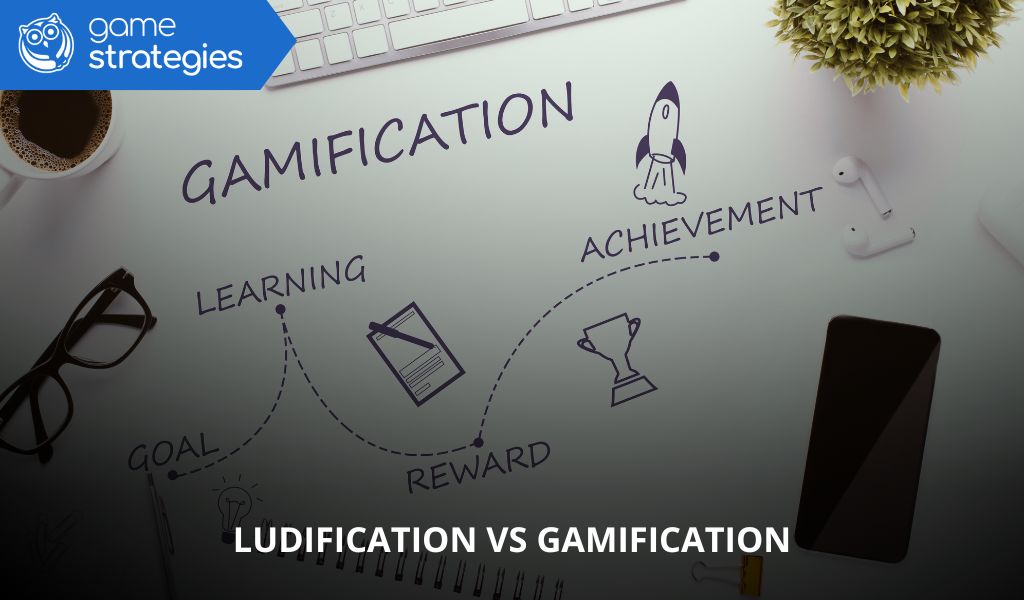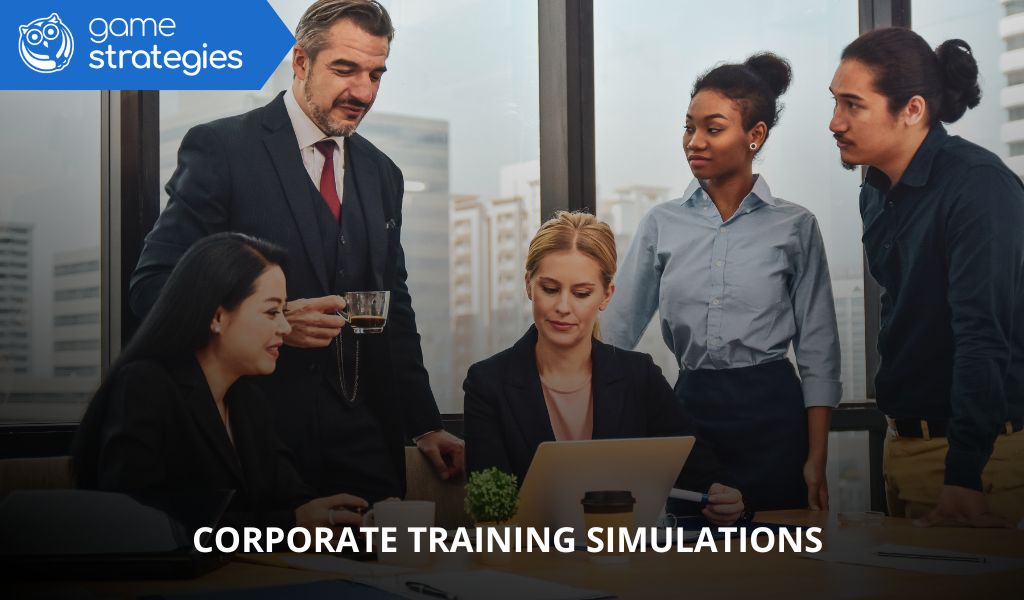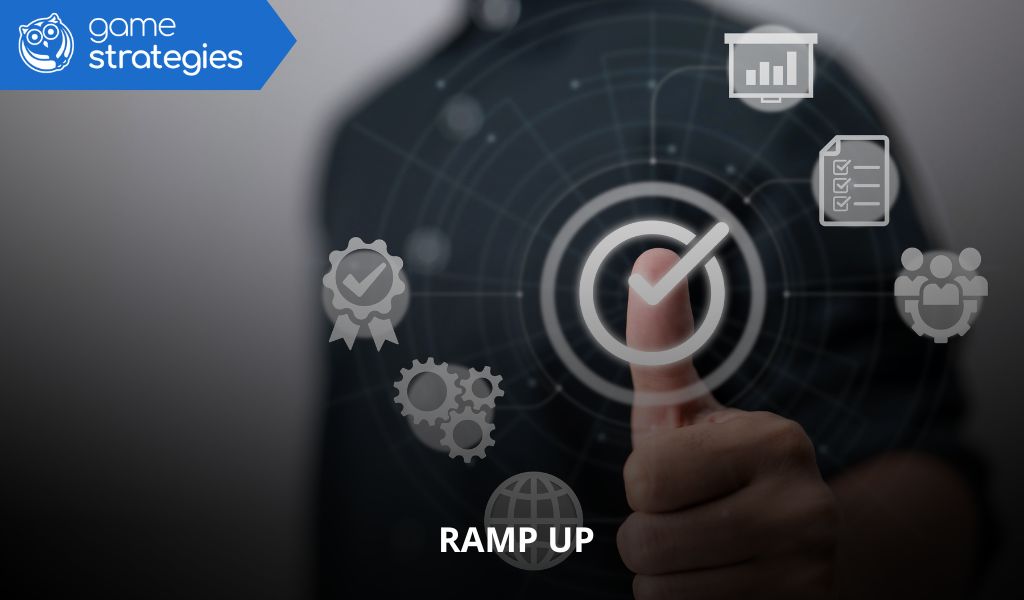What is ludification and how does it work?
Ludification is a strategy that introduces isolated game elements—points, levels, challenges, leaderboards—into activities that are not games. The goal is to motivate, engage and make everyday tasks more appealing without changing their original purpose. A to-do app that awards points for completing daily goals is a classic example.
Unlike a full game, ludification is not meant to entertain for entertainment’s sake; it simply makes routine processes more dynamic and rewarding. Because it can be applied with or without technology, ludification is widely used in education, workplace productivity and personal well-being.
What is gamification and how does it work?
Gamification applies a full system of game mechanics and dynamics to non-game contexts. Beyond awarding points, a well-designed gamification platform sets clear rules, measurable objectives and a coherent narrative that keeps people involved. Language apps such as Duolingo illustrate this approach with lives, levels, badges and rankings that sustain long-term commitment.
In corporate settings, human resources teams deploy gamification to attract talent, onboard new hires and develop key skills. The technique transforms entire processes into game-like experiences that deliver progress, satisfaction and clear goals.
Ludification vs gamification: key differences
Although many people treat the terms as synonyms, ludification vs gamification presents important distinctions that affect your choice of strategy:
- Breadth and technology
- Ludification is broader and can work without digital tools—adding a points system to a classroom debate, for instance.
- Gamification is typically digital and builds a complete, rule-based experience with missions, levels and rewards.
- Depth of the system
- Ludification may rely on isolated elements—giving points for attendance—without a full game structure.
- Gamification integrates every element into a cohesive system with a story line or progression path.
- Implementation effort
- Ludification can be spontaneous and low-tech, ideal for quick motivation boosts.
- Gamification requires advance planning, technical infrastructure and ongoing monitoring.
The right choice depends on context, resources and target audience.
Practical examples of ludification and gamification

Example of ludification in the classroom or a training program
A high-school teacher turns weekly lessons into “missions.” Students earn points for answering questions, helping classmates or turning in assignments on time. Points can be exchanged for classroom privileges. No digital platform is required—just an engaging point system that sparks motivation.
Example of gamification in a company or mobile app
A corporation rolls out an internal training platform where each course is a mission. Employees level up by completing modules, unlock exclusive content and track their standing on a company leaderboard. The entire process is structured like a video game, making learning measurable and fun.
Hybrid case: combining both approaches
A university blends quick, in-class ludification challenges with a gamified online portal that tracks student performance, awards badges and visualizes progress. This hybrid model leverages the flexibility of ludification and the persistent structure of gamification.
Which is better: ludification or gamification?
There is no single winner in the ludification vs gamification debate. The best option hinges on your objectives, audience and resources:
- Choose ludification when you need a fast, adaptable solution—team meetings, classroom activities, wellness initiatives—without heavy tech investment.
- Choose gamification when you require a long-term, data-driven system—online learning, loyalty programs, digital productivity tools—that delivers detailed metrics and clear progression.
Often the most effective strategy is to combine both, designing a human-centered experience that uses game principles to enhance learning, engagement and productivity. When implemented thoughtfully, the results can be as effective as they are enjoyable.
¿De cuánta utilidad te ha parecido este contenido?
¡Haz clic en una estrella para puntuarlo!
Promedio de puntuación 0 / 5. Recuento de votos: 0
Hasta ahora, ¡no hay votos!. Sé el primero en puntuar este contenido.









